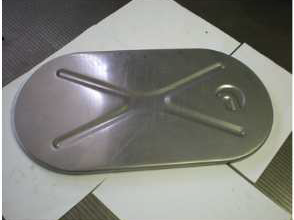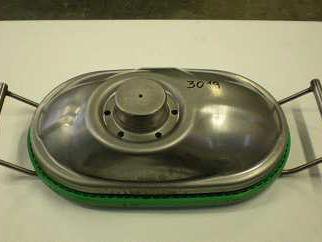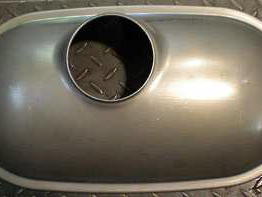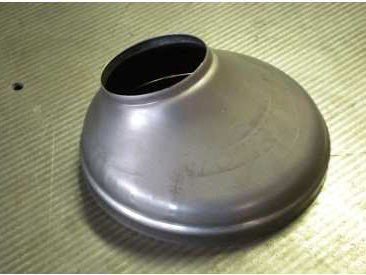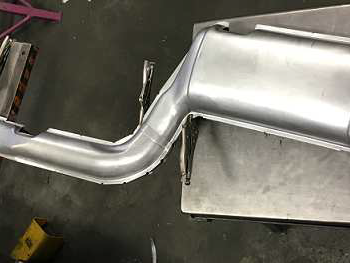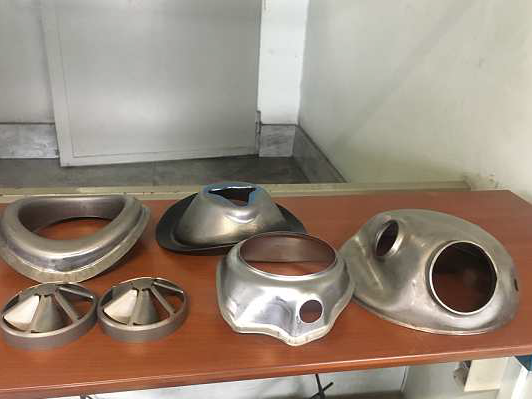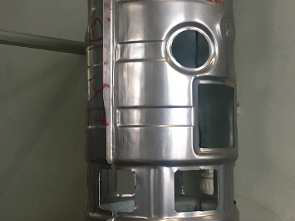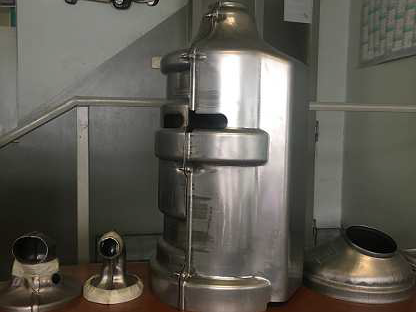As a general rule, if stainless steel is used, it will normally be AISI 304 or a similar product.
AISI 304 stainless steel contains about 18% of chromium and 5% of nickel.
Together with a good anti-corrosive resistance and adequate processability during welding, this formula is quite ductile and can be used for a vast number of applications.
Many stainless steel types are commercially available and mostly known as AISI (American Iron and Steel Institute) steels.
The acronym “AISI” is frequently misunderstood as synonym of “stainless steel”, because this Institute also codifies many different sorts of steel.
The acronym “AISI” codes the different stainless steel sorts on 3 digits, which can be possibly followed by a letter.
The first of these digits points out the steel grade:
2XX series – chromium-nickel-manganese austenitic steel
3XX series – chromium-nickel and chromium-nickel-molybdenum austenitic steel
4XX series – ferritic or chromium martensitic steels
5XX series – medium chromium martensitic steel
6XX series – precipitation hardening chromium steels
